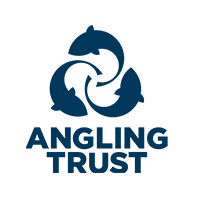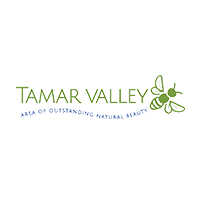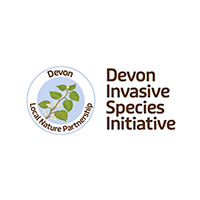
Protecting habitats
How we look after our waterways, and the land around them, for the species that live in them
Tackling invasive non-native species (INNS) to help protect our wildlife
Non-native species are plants and animals that have been moved from their place of origin into Britain by humans (intentionally or accidentally). There's thought to be around 2000 non-native species in Britain.
Invasive non-native species (INNS) are non-native specives which have a negative impact on the environment, economy or health of the place they've been moved to. In Britain, it's estimated that 10% of the non-native species are invasive - that's around 200 species, and the number is increasing.
Amongst habitat loss, fragmentation, pollution and climate change, INNS are one of the topmost serious threats to biodiversity in the UK. That's because they have no natural predators, competition or disease, so they thrive uncontrollably, to the detriment of our native species.
Recordings show that around 40% of Britain’s 200+ registered INNS are known to be aquatic. For us, that causes serious concern.
Keeping waterways safe for wildlife in other ways
If it wasn’t for our interventions, some of the engineering needed to keep our pipework, treatment works, rivers and reservoirs working correctly can put aquatic life in harms way. We’ve always worked hard to create nature pathways for wildlife to help them overcome the risks and obstacles presented by this infrastructure.
For example, we’ve installed screens at all our water treatment works to stop fish and eels being brought into the works when we abstract water from the rivers.
Another area of concern has been human-made structures in rivers which stop the natural migratory journey of fish species like salmon, eels, shad and trout. That’s why we’ve worked hard with South West Rivers Trust to build fish passes at weirs so that these fish have a risk-free pathway to navigate upstream to their preferred breeding grounds.











